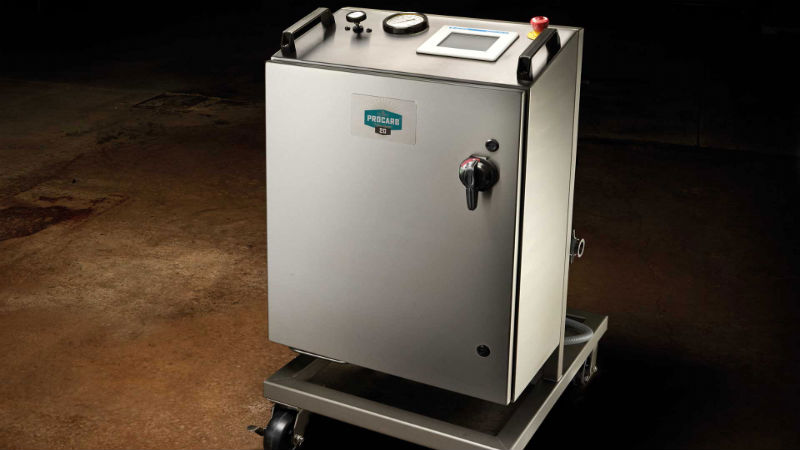In the past, one of the differences between the quality of the beer produced by large breweries with a significant budget and small breweries on a limited budget was the specialized equipment.
Small breweries, at least in the past, had to rely on traditional types of technology for the filtration and processing of the beer, which eliminated the opportunities to make specific types of beers. A great example if this is the very popular IPAs, which are rich in hops and that bitter, slightly sweet and occasionally floral type of flavors. With traditional types of processing, the rich hop flavor is concentrated in the top layers of the tank, which is discarded in traditional types of processing.
Now, with the use of a beer centrifuge, traditional filters can be bypassed, even in small craft brewery operations. These systems use centrifuge technology to remove the solids from the liquids, but still allowing the rich hop oils to be retained in the brew, providing the distinctive taste and profile.
The Benefits of Centrifuge Technology
While IPAs are a great example of how a beer centrifuge can add to the production for a small craft brewery, there are other benefits and advantages that are important in other types of beers as well.
The use of a beer centrifuge means that the oxygen level in the beer can be carefully controlled. Unlike filtration, which does not remove oxygen, the use of the centrifuge prevents any oxygen from being introduced during the process that both removes any solids as well as clarifies the beer.
For those beers with a particular flavor profile, the use of the centrifuge can greatly enhance those subtle flavors. With consistent recipes and centrifuge technology, breweries can create a signature beer in much less time and with great precision, an essential consideration for any marketing campaign.



